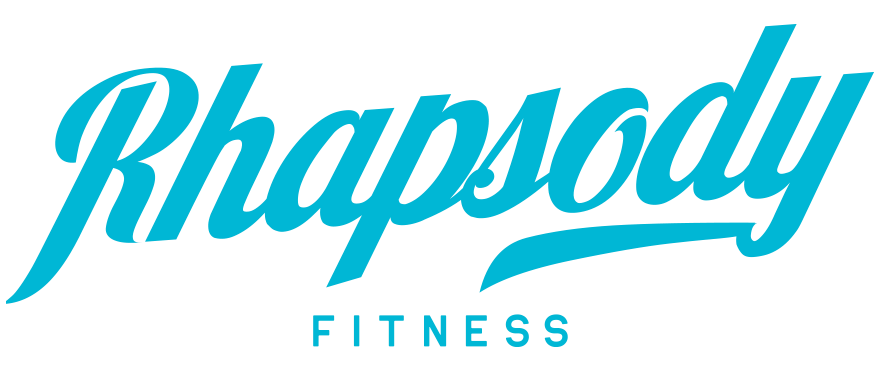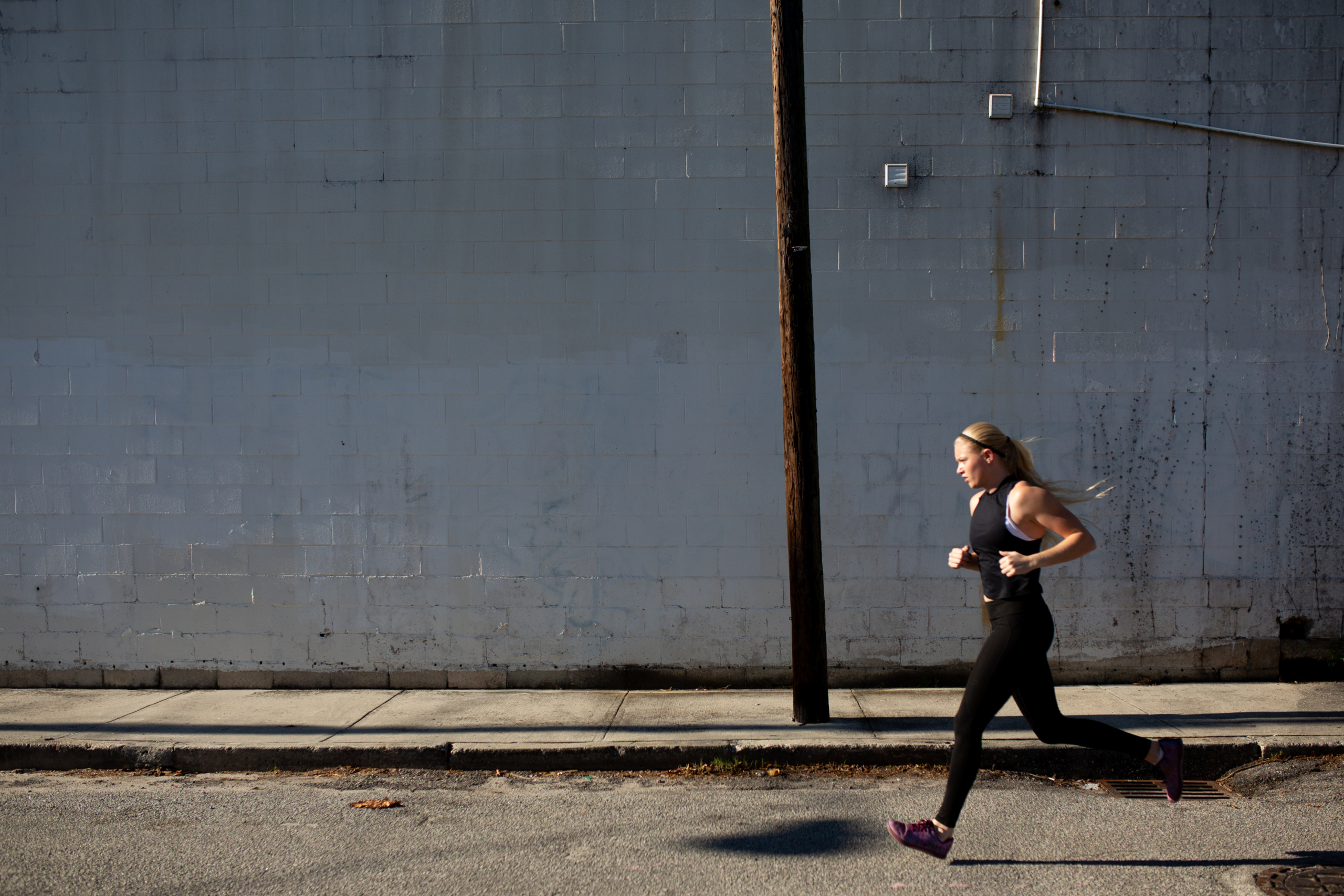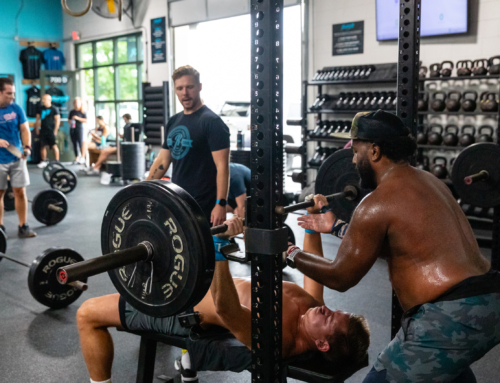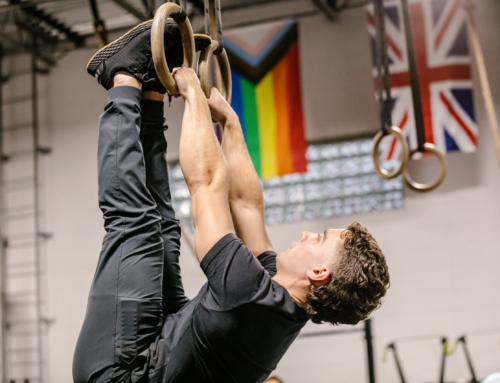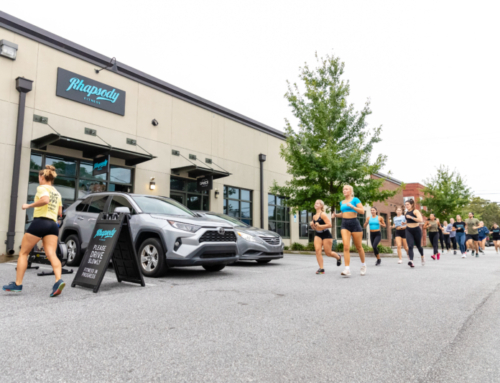By Eliot McPherson, Nutritionist for Rhapsody Fitness in Charleston, SC
Your endurance event is officially on the books and it’s all-in for the weeks of training to get you ready for race day. You have your training program and plan mapped out, but how to fuel for all those miles is still murky.
I got you! When it comes to nutrition for endurance training, focus on the key three: fuel, electrolytes and hydration.
FUEL
In short, fuel is what your body uses for energy and is pulled from your carbohydrate and fats intake – in the context of endurance training, we’ll hone in on simple and complex carbs. Think of simple carbs as your fast fuel, such as fruit or white rice; whereas, complex carbs are fuel stores, such as your brown rice and whole grains.
For easy math, you’ll want carbs to make up 45-65% of your calorie intake during training.
Timing matters with two simple rules around when and what for your carbs.
- In the 2-hour window leading up to your workout, reach for those simple carbs for the fast fuel your body will crave during training. I like to grab something on the lighter side like a piece of fruit to avoid gastro-intestinal discomfort during a workout.
- Outside of the 2-hour window around your workouts, go with those complex carbs, such as quinoa, brown rice or whole-grain pasta. These options have more fiber, will be more satiating, and are ideal for restocking your depleted fuel-stores.
When it comes to fats, you need them, but know they take the body a while to digest and won’t be available to you for fuel anytime soon. Generally, I just try to keep their intake as far from my workouts as possible.
ELECTROLYTES
Electrolytes are the essential minerals (sodium, potassium, magnesium, calcium…) your body needs to connect your muscle and brain function. They’re kind of a big deal. Good news, you get most of what you need generally from what you eat and drink.
Ratchet up your training regimen, however, and you’ll want to do a little extra legwork to keep these levels balanced and replenish lost electrolytes.
To put this in perspective, on minor levels, electrolyte depletion can give you that fuzzy feeling after a hard workout or a muscle twitch here and there. On extreme levels, it may lead to losing consciousness, rhabdo or worse.
When it comes to replenishing electrolytes, timing is less important than consistency. During your training, aim for 200-500 mg of sodium mixed with 16-24 oz of water for every 1-hour of training. My go-to sources for electrolytes during training are Gatorade or tablets.
Also take stock of how you feel post-workout. If you have the woozies or are cramping, take a few more gulps of Gatorade.
HYDRATION
Good ‘ole H2O. You’ll want to shoot for about 60% of your body weight in fluid ounces of water intake per day. For example, if you weigh 150 lbs, you’ll want to drink at least 90 oz of water daily.
For your training, sip at least 16 oz of water leading up to your workout, drain 16-24 oz for every hour of your workout, and then replenish with 16-24 oz after your workout.
How do you know if you’re hydrated? Pee test. If your urine is at all yellow, you’re in the early stages of dehydration.
Pro-tip, it’s a feat to drink too much water, so keep your water bottle full and sip on throughout the day.
Dial in the key three, and you’ll be better armed and well fueled for covering serious ground during training days.
Next up, we’ll talk about nutrition for the big race day itself along with debunking some common misconceptions about carb loading. Stay tuned!
Follow Fuel Your Fire on Rhapsody News or learn more about Rhapsody Nutrition online.
